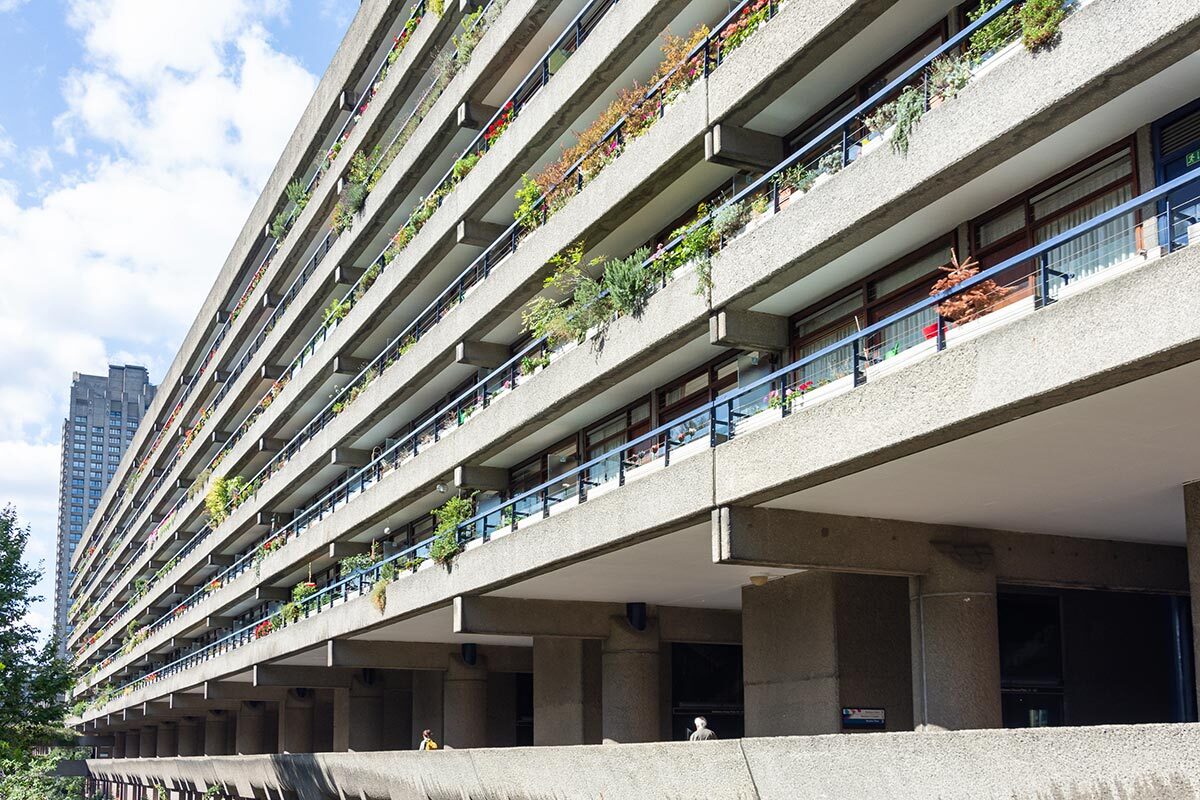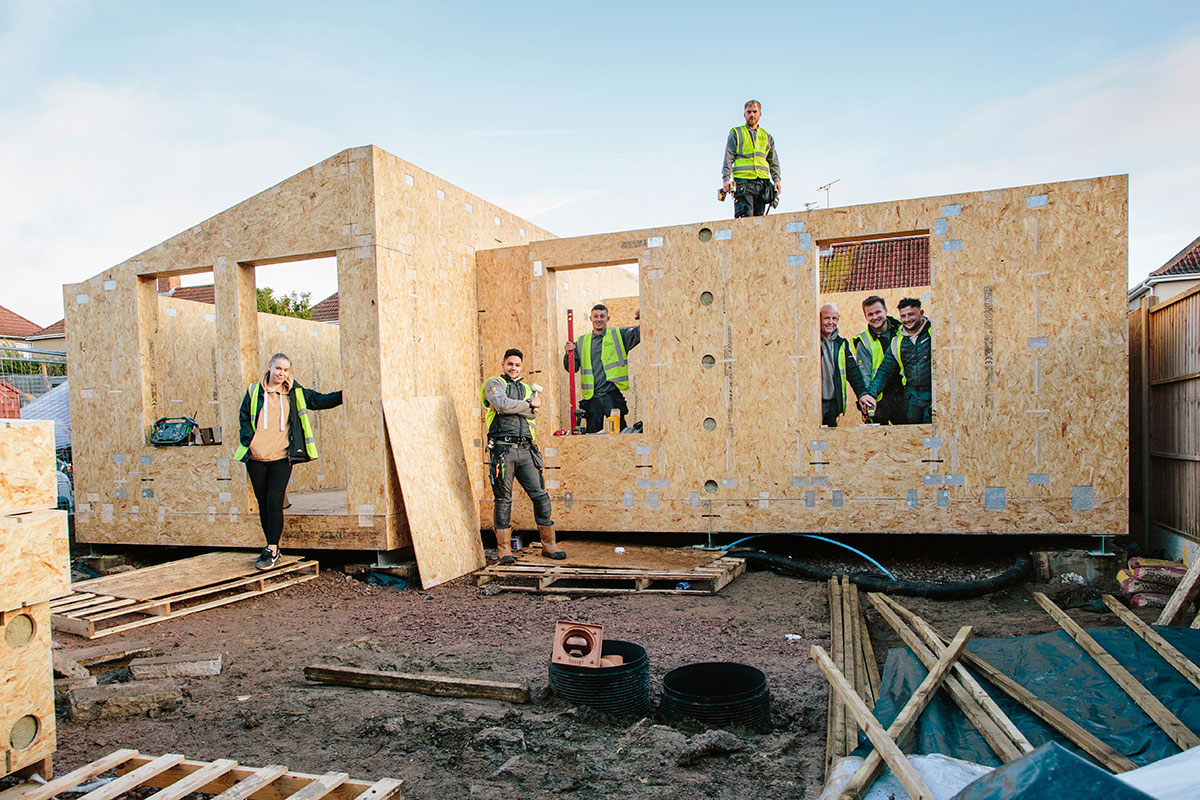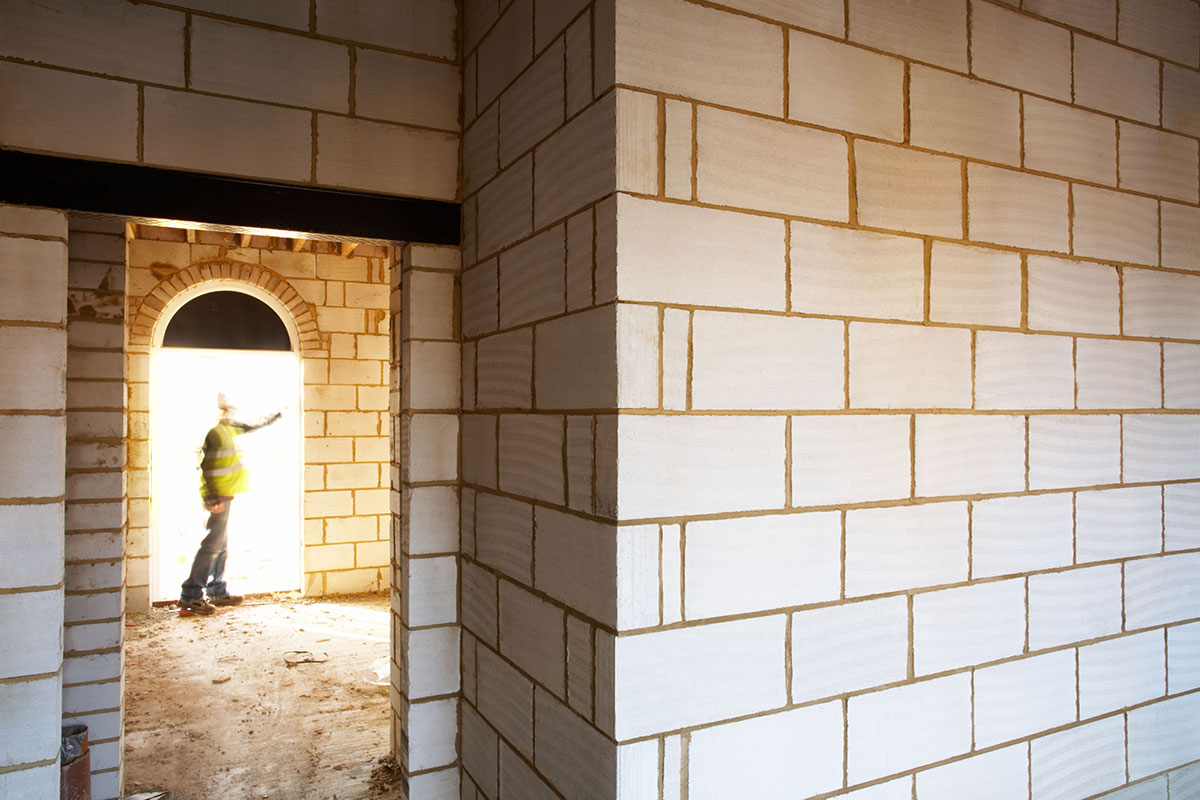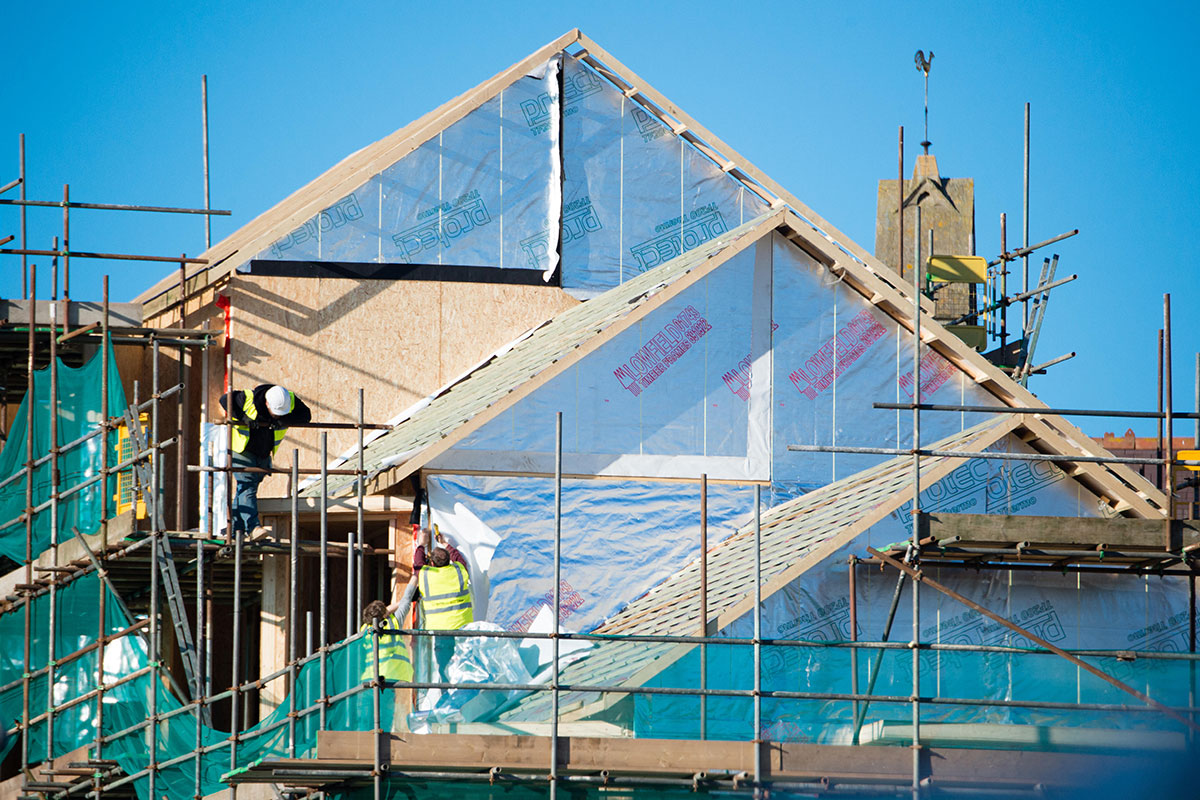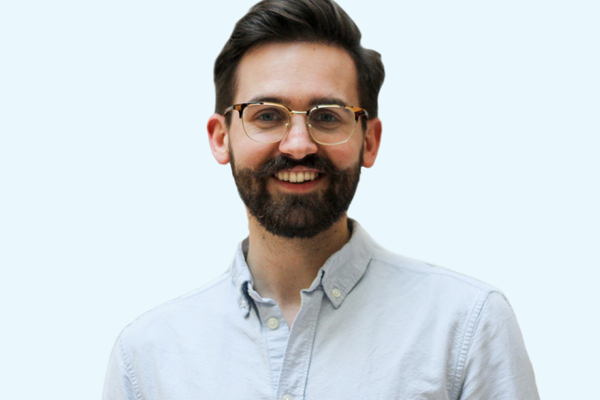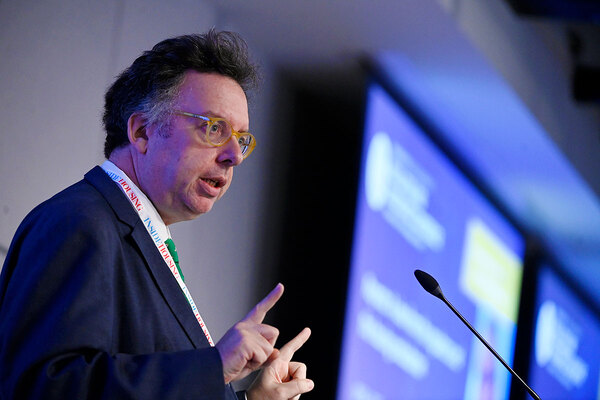You are viewing 1 of your 1 free articles
The English Housing Survey 2021-22: the key takeaways
The government has published its annual latest English Housing Survey covering the year 2021-22. Inside Housing goes through some of the key takeaways from the latest data
The government publishes the English Housing Survey (EHS) every year. It provides a wide range of information on people’s housing circumstances, the condition of their homes, and the efficiency of housing in England.
For the first time, the survey has a specific section on self-reported complaints and satisfaction in the rented sector.
The report looks at how satisfied renters were with their accommodation, their housing services, and the repairs and maintenance carried out by their landlord.
It also provides an overview of the complaints process within the rented sectors, following households that considered making a complaint through to the decisions they made.
Inside Housing delves into the detail.
Satisfaction
The headline results show that social housing tenants are the least likely to be satisfied with their accommodation (77%) when compared with owners (94%) and private renters (81%). Rates of satisfaction were similar between council and housing association renters.
Satisfaction with accommodation varied by region, with private renters in the North East (91%) and social renters in the South East (85%) being the most satisfied.
Private renters were more likely to be satisfied (79%) with the services their landlord provided than social renters (70%).
Satisfaction with housing services varied by region, with substantial differences in the social sector: 83% in the North East to 63% in London.
This was broadly the case within the social sector, although was less pronounced for housing association renters.
Across all tenures, the main reasons households were dissatisfied with their landlord’s, or freeholder’s, repairs or maintenance were that the landlord does not bother (30%) or that the landlord is slow to get things done (30%).
For social renters, satisfaction with repairs and maintenance varied from 52% in London to 82% in the North East.
Social renters in London were less likely to report being satisfied (52%) than those in the rest of England (65%).
The EHS states: “However, this masks some regional similarities, in particular between London and the East of England, where 57% were satisfied.
“Local authority and housing association renters in the same regions reported similar rates of satisfaction.”
Complaints
Around 1.2 million (31%) of social tenant households and 726,000 (16%) of private rented households considered making a complaint in the past 12 months.
The same proportions of council and housing association tenants considered making a complaint.
Of those, around 188,000 social renters decided not to make a complaint, with the remaining 85% deciding to.
Across all social renters, 70% complained directly to their landlord, while 17% complained to their tenant management organisation (TMO).
The survey also found that households living in poor-quality homes who considered making a complaint were less likely to do so: 15% of social renters and 25% of private renters who considered making a complaint decided not to complain.
However, more than a quarter of all social and 30% of private renters living in non-decent homes who had considered making a complaint decided not to.
Of those who had considered making a complaint in the past 12 months, 35% of all social, including 57% of housing association households and 39% of private renters living in homes where a Category 1 hazard was present decided not to make a complaint.
Category 1 hazards are so severe that they “pose a serious and immediate risk to health”.
Of the 66% of social renters who were unhappy with how their complaint was responded to, 77% did not escalate the complaint further.
Similar proportions of housing association (63%) and local authority (70%) renters were unhappy with the response to their complaint.
Of those social renters, 14% said they had taken their complaint to an MP, or a local councillor (13%), their local council’s environmental health department (9%), the Housing Ombudsman (7%), or the Health and Safety Executive (5%).
Vulnerable or minority groups less satisfied
Satisfaction was higher for households who did not receive housing support (83%) than for households who did (73%).
Fewer social (62%) and private renters (69%) where the household reference person (HRP) was Black were satisfied with their accommodation, than social (79%) or private renters (83%) with a white HRP.
A fifth of social renting households with a Black HRP thought they would be treated worse than other races by their local council’s housing department or by a housing association, compared with 8% of households with a white HRP.
Satisfaction with accommodation was around 10% lower in private and social renting households where dependent children live than those without dependent children.
Social renters in the youngest age band – aged 16 to 24 – reported noticeably lower satisfaction with their accommodation (58%) than other age groups.
In contrast, 90% of social renting households with a HRP aged 75 or over were satisfied with their accommodation.
Overall, rates of satisfaction with accommodation and services were higher in households that did not contain someone who had a long-term illness or disability than for households where they did.
This pattern is seen across both the private and social rented sectors, although it is not present for housing association renters alone.
Three-fifths of social rented households where people with a long-term illness or disability lived were satisfied with their repairs and maintenance compared to two-thirds (66%) where this was not the case.
Housing quality and condition
A total of 23% of private rented households live in homes that fail to meet the Decent Homes Standard (DHS), a figure that has been unchanged since 2020.
This is compared with 9% of local authority renters and 10% of housing association renters – up from a combined figure of 11% in 2020.
At the same time, 14% of private rented households live in a home with at least one housing health and safety rating system (HHSRS) Category 1 hazard – up from 13% in 2020 – compared to 4% of local authority and 4% of housing association renters.
Additionally, 11% of private renters lived in homes with a damp problem – up from 6% in 2020 – compared with 5% of local authority renters and 4% of housing association renters.
More than one in five (21%) overcrowded households do not meet the DHS, compared to 15% of households that are not overcrowded. One in 10 (10%) overcrowded households live in a home with a damp problem, compared with 4% that are not overcrowded.
There is a strong relationship between energy efficiency and housing quality. Over half of the homes (57%) with Energy Performance Certificate (EPC) ratings of E to G do not meet the DHS.
Leasehold
A total of four million people in England live in leasehold properties. Most leasehold households are owner-occupiers (2.3 million), followed by private renters (1.5 million) and the social rented sector (250,000).
More than a quarter of households in London (28%) live in leasehold properties, which is higher than the proportion of households in the rest of England (15%).
Service charges were significantly higher in London, where leaseholders were also more likely to be paying into a reserve fund to cover repairs and maintenance.
The average service charge in London (£42 weekly; £2,207 annually) was significantly greater than in the rest of England (£27 weekly; £1,384 annually).
Leaseholders in London were also more likely to be paying into a reserve fund to cover repairs and maintenance (38%) than those in the rest of England (26%).
However, the vast majority of leasehold households reported being satisfied with their accommodation. Owner-occupiers were more likely to be satisfied (91%) than both private (83%) and social renters in leasehold properties (77%), who did not differ in levels of satisfaction.
Looking at the levels of deprivation in leasehold properties in the social rented sector, more than half (52%) were in the two most deprived areas, with almost three in 10 (27%) in the most deprived 10% of areas.
Only 8% of leaseholders requested the right to manage their building/house, far less than the 50% who have never claimed the right to manage, or the 41% who did not know how they came to be responsible.
Almost three-quarters (73%) of all leasehold dwellings had 99 or more years on the lease at the time of purchase. Within that 73%, an even split had leases with 99 to 125 years (37%), or more than 125 years (37%) left on the lease.
Energy
Across all tenures, the most energy-efficient properties belonged to housing associations, with 70% of those properties in EPC bands A to C, while the remaining 30% are in bands D to G. By contrast, just 14% of private rented homes were in bands A to C.
A to C-rated dwellings were most prevalent in London (56%), the North East (52%) and the South East (52%). The East Midlands was the least efficient region (39%).
Social housing was cheaper to retrofit than other tenures. In 2021-22, the estimated average cost to improve local authority homes to a rating of at least Band C was £5,345, with housing association homes costing £5,158.
Owner-occupied and private rented dwellings costed an average of £7,872 and £7,430 respectively.
Across all tenures, 179,000 homes (less than 1% of total stock) had a heat pump – up from 114,000 in 2020. Of these, 15% were owned by housing associations and 8% by local authorities.
Social renters were more likely to pay their electricity bills using a pre-payment meter than other tenures. Thirty-nine per cent of local authority renters and 37% of housing association renters paid for electricity using a pre-payment meter.
Private rented sector
The private rented sector is the second largest tenure, with roughly 4.6 million households representing nearly one-fifth (19%) of households in England.
Private renters continue to spend a higher proportion of their household income on rent compared with those in other tenures. This is particularly the case for those in the lowest two income quintiles, of which seven in 10 spend above 30% on rent.
On average, private renters spend 33% of their income on rent. This is higher than for social renters, who spend around 27% on rent, and for people with mortgages, who spend 22% of their income on their mortgage.
For those in the bottom two income quintiles (or the 40% of renters with the lowest incomes), 71% spend more than 30% of their income on rent.
The most common reason a household said their last tenancy ended was because they wanted to move (77%).
Less common reasons included the end of a fixed period tenancy (11%), mutual agreement with the landlord (10%), they were evicted or asked to leave by their landlord/agent (4%), due to a poor relationship with the landlord (3%), or the tenancy was part of a job that ended (2%).
The majority of private renters eventually expect to buy a home, though most did not expect to buy in the next few years. In total, 28% of these think they will purchase in the next two years, though purchase periods of two to five years (37%) or five or more years (35%) are more common.
Buying intention declines with age: renters in the 16 to 24 age band are more likely to say they would eventually buy (85%), than those aged 45 to 64 (42%), those aged 65 to 74 (16%) or those aged 75 or older (7%).
Homes in the private rented sector are more likely than homes in other sectors to fail the DHS. This is the case in nearly all regions. In 2021, 14% of private rented sector homes were estimated to be unsafe according to the HHSRS.
Sign up for our daily newsletter
Already have an account? Click here to manage your newsletters
